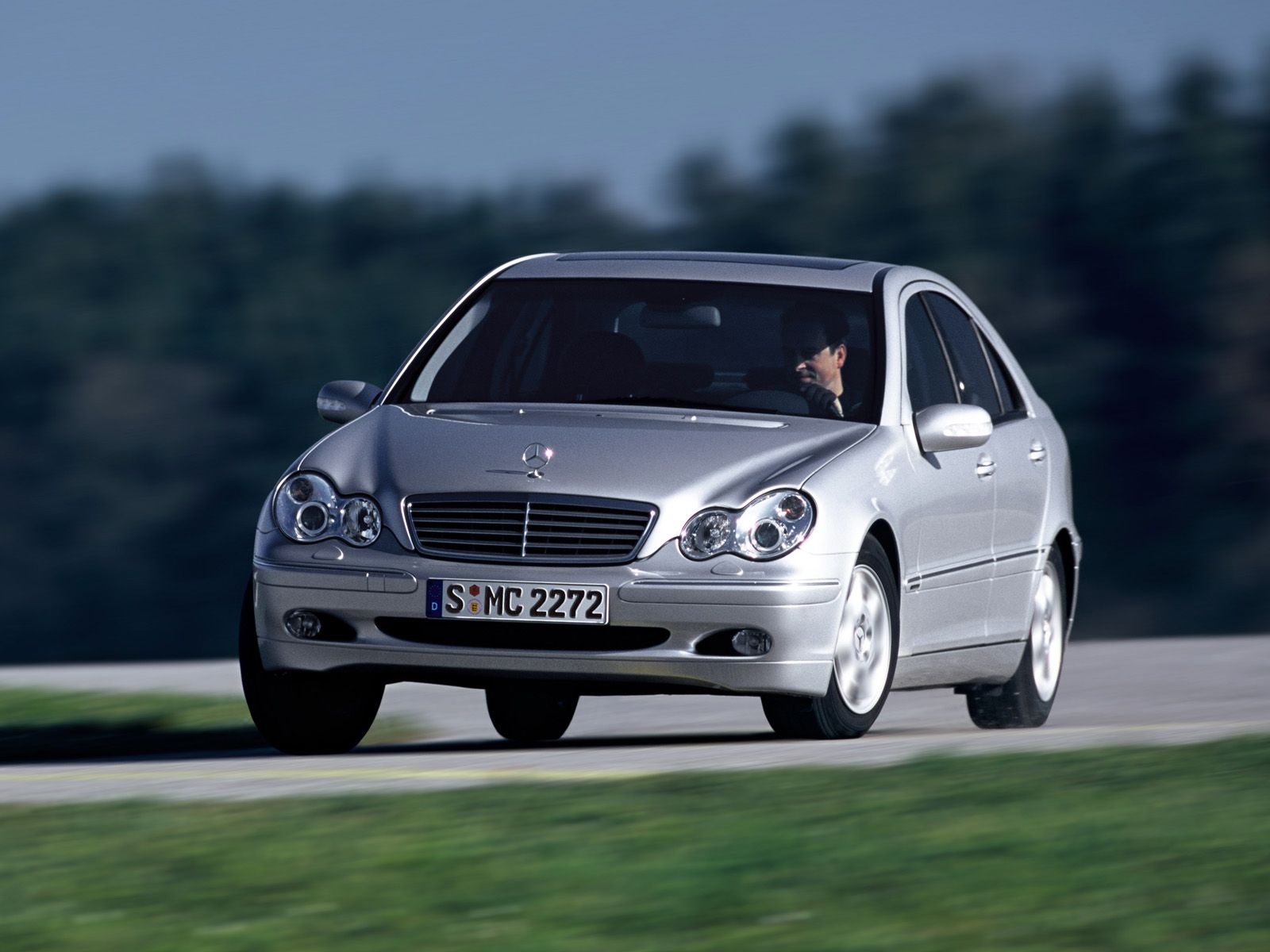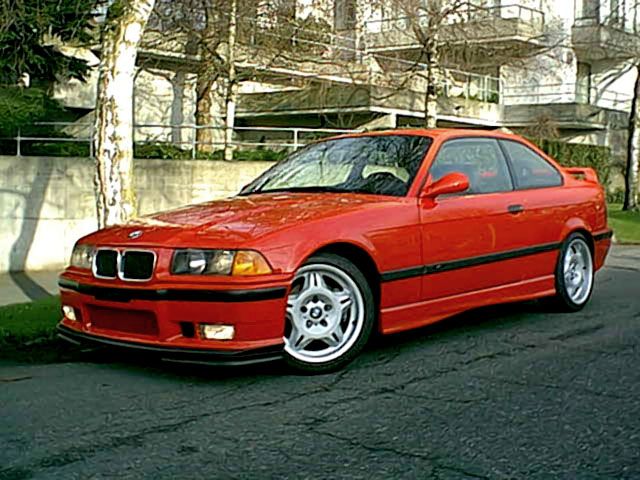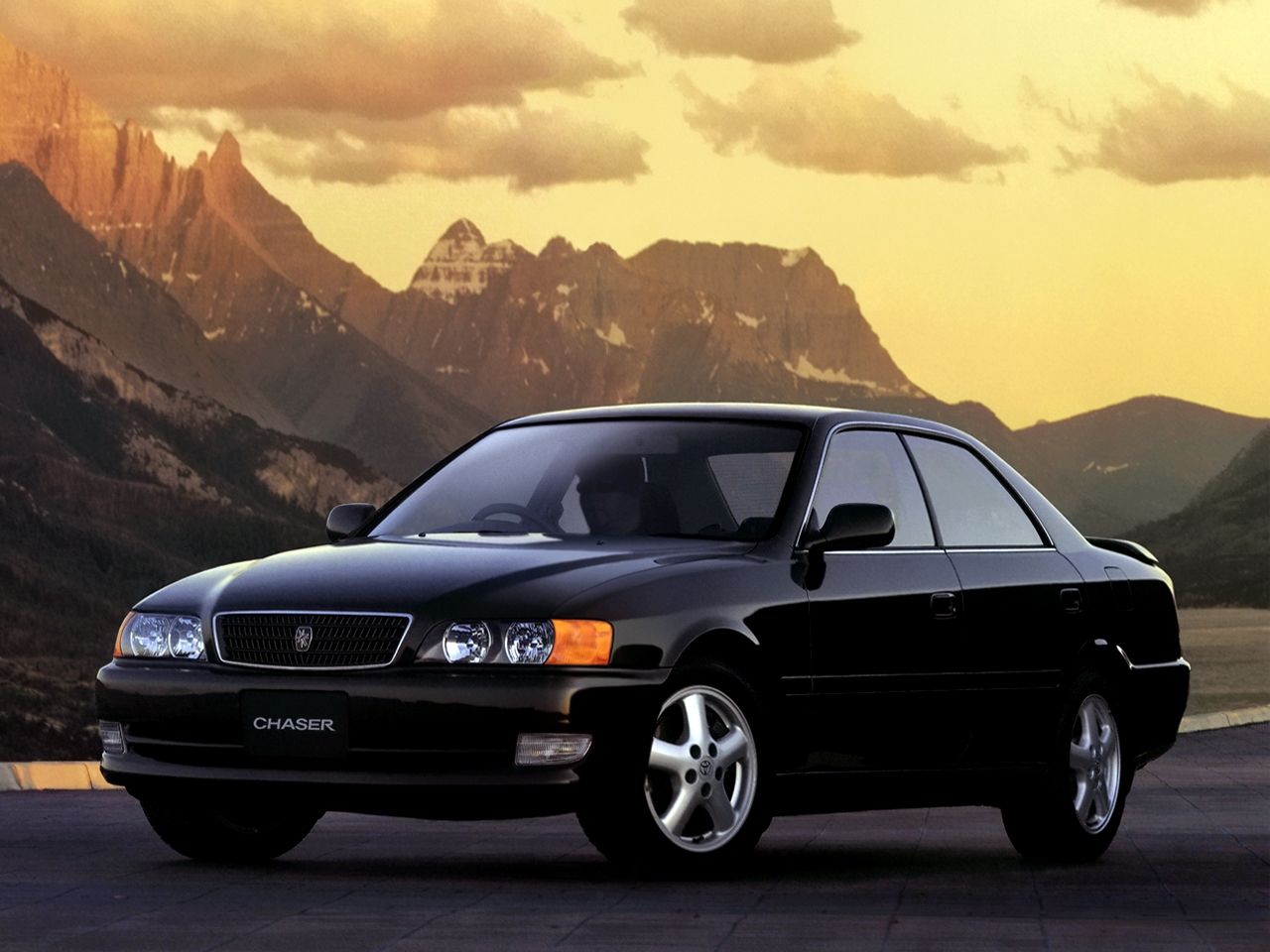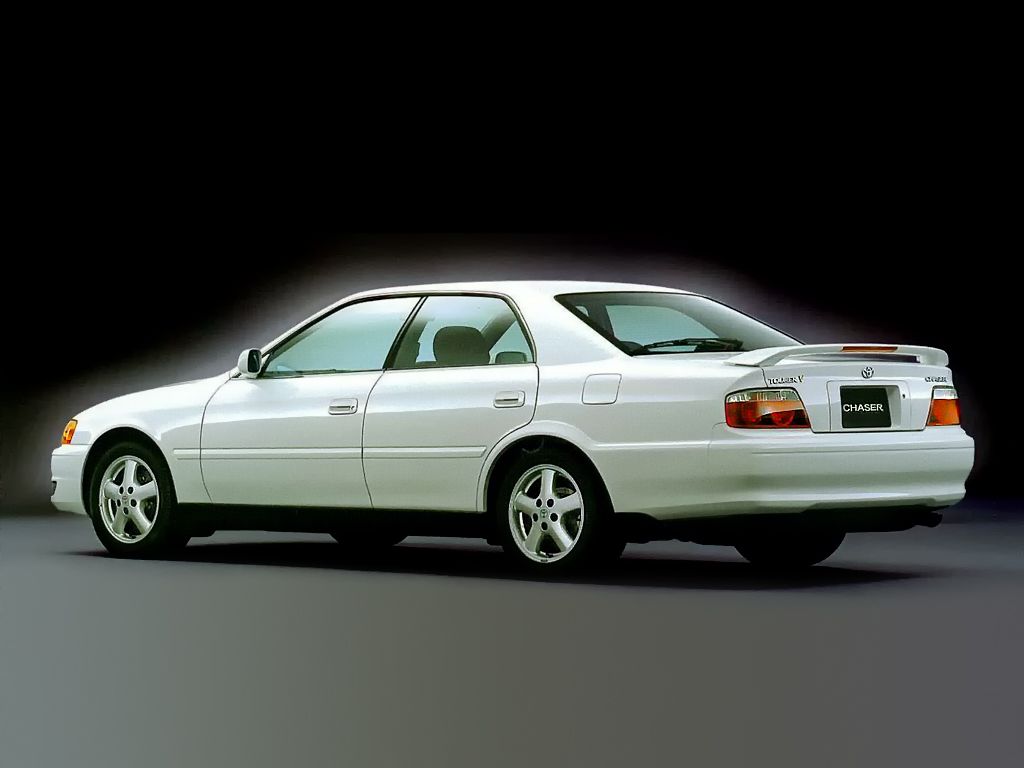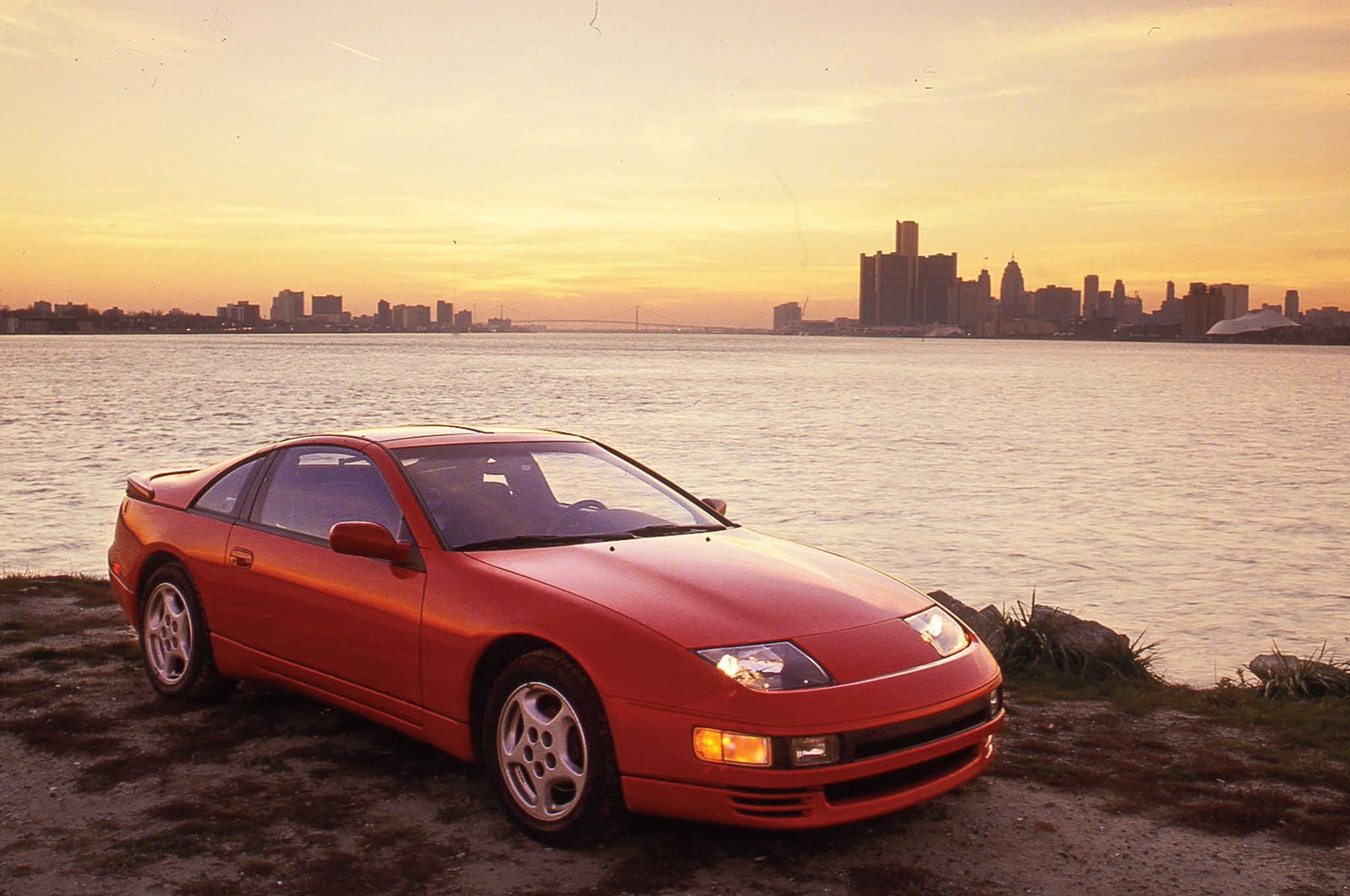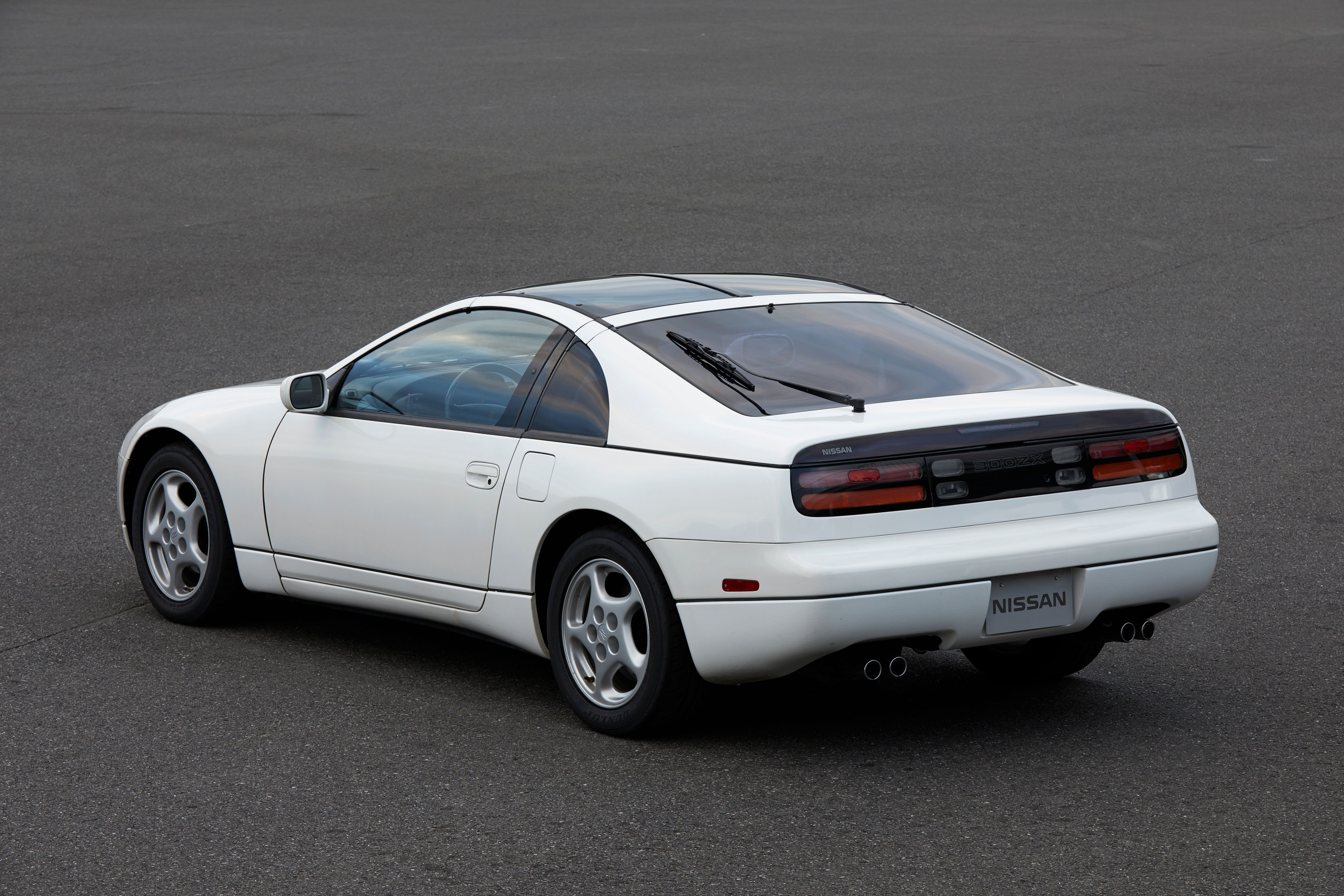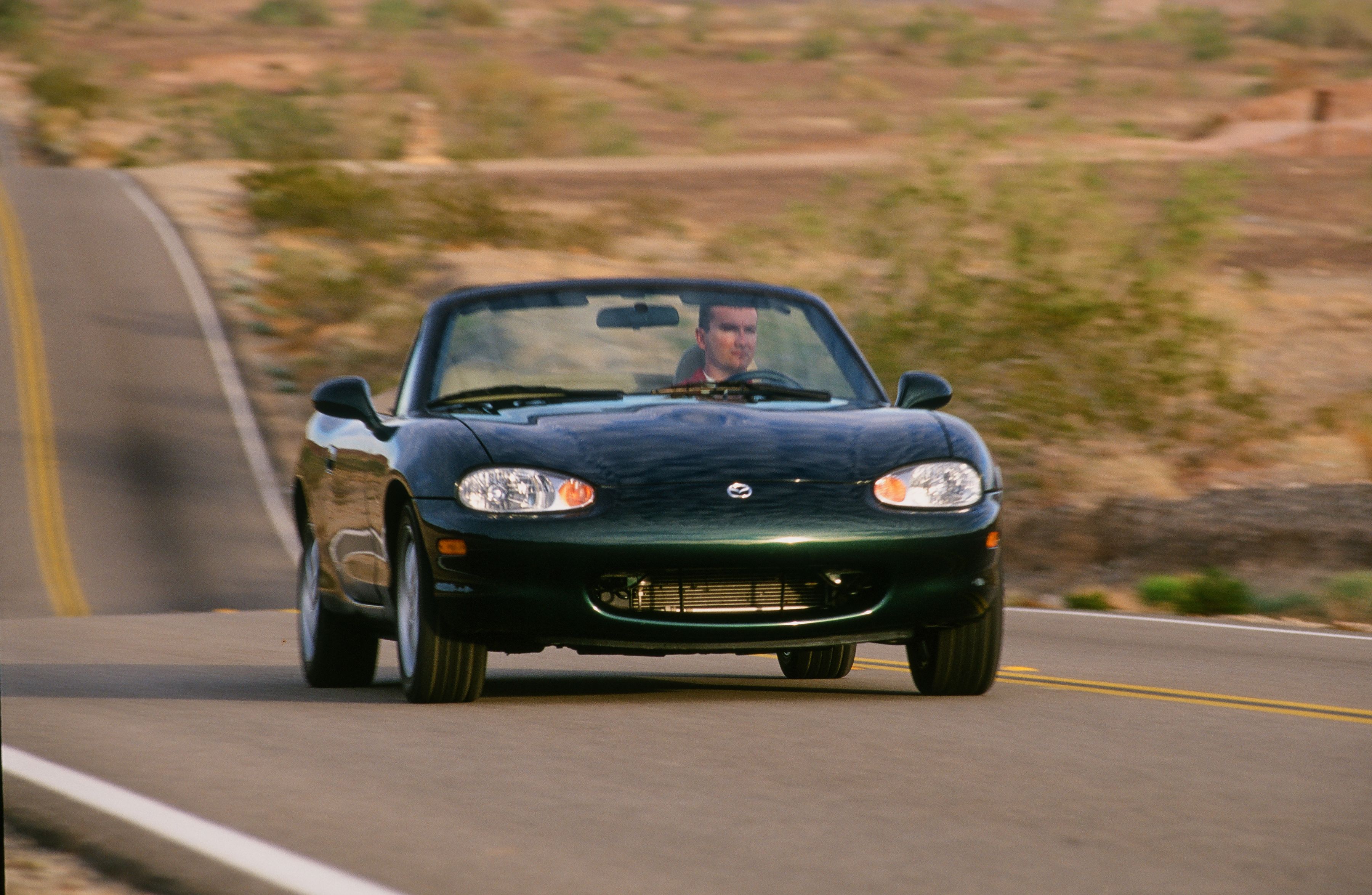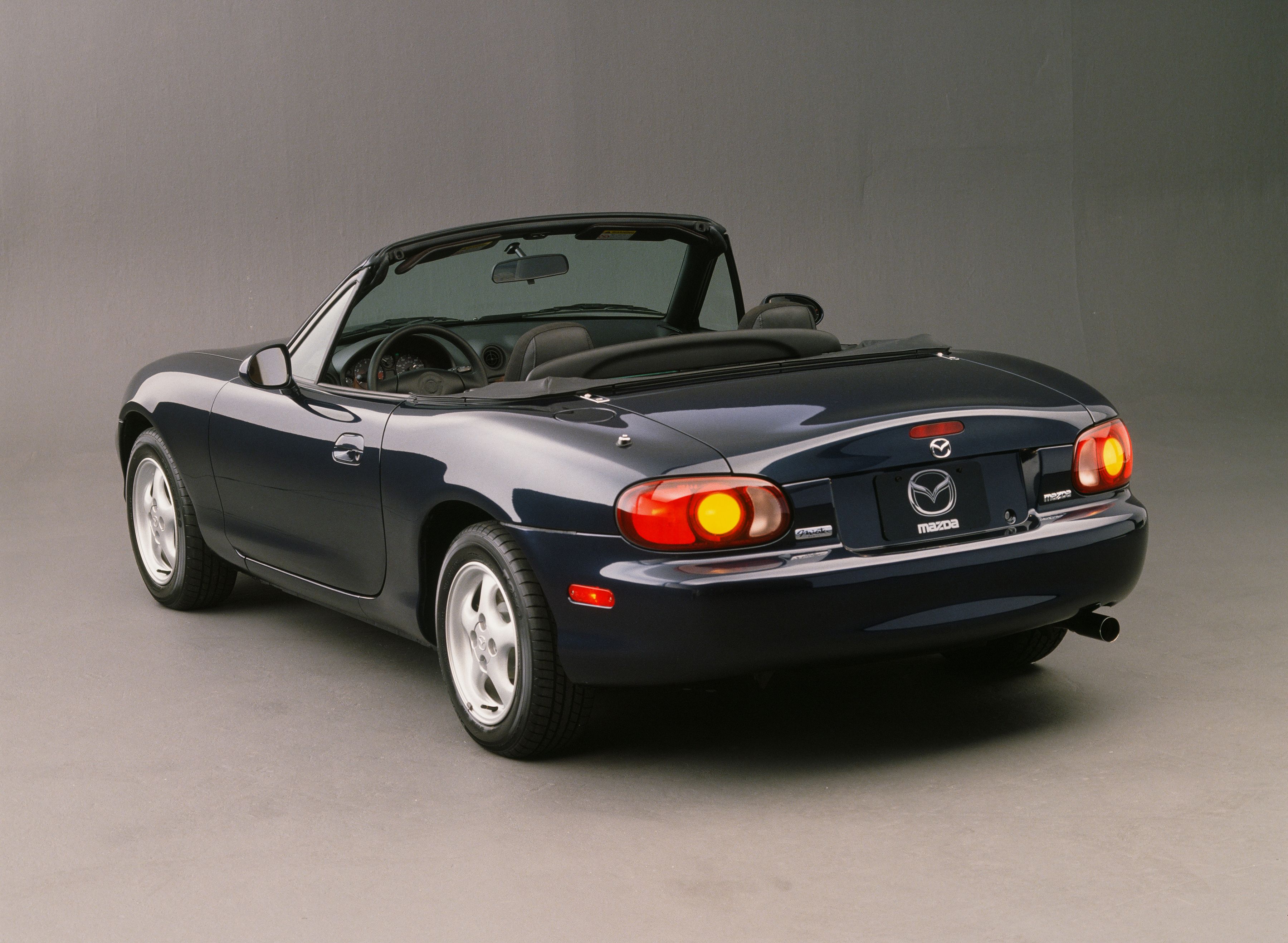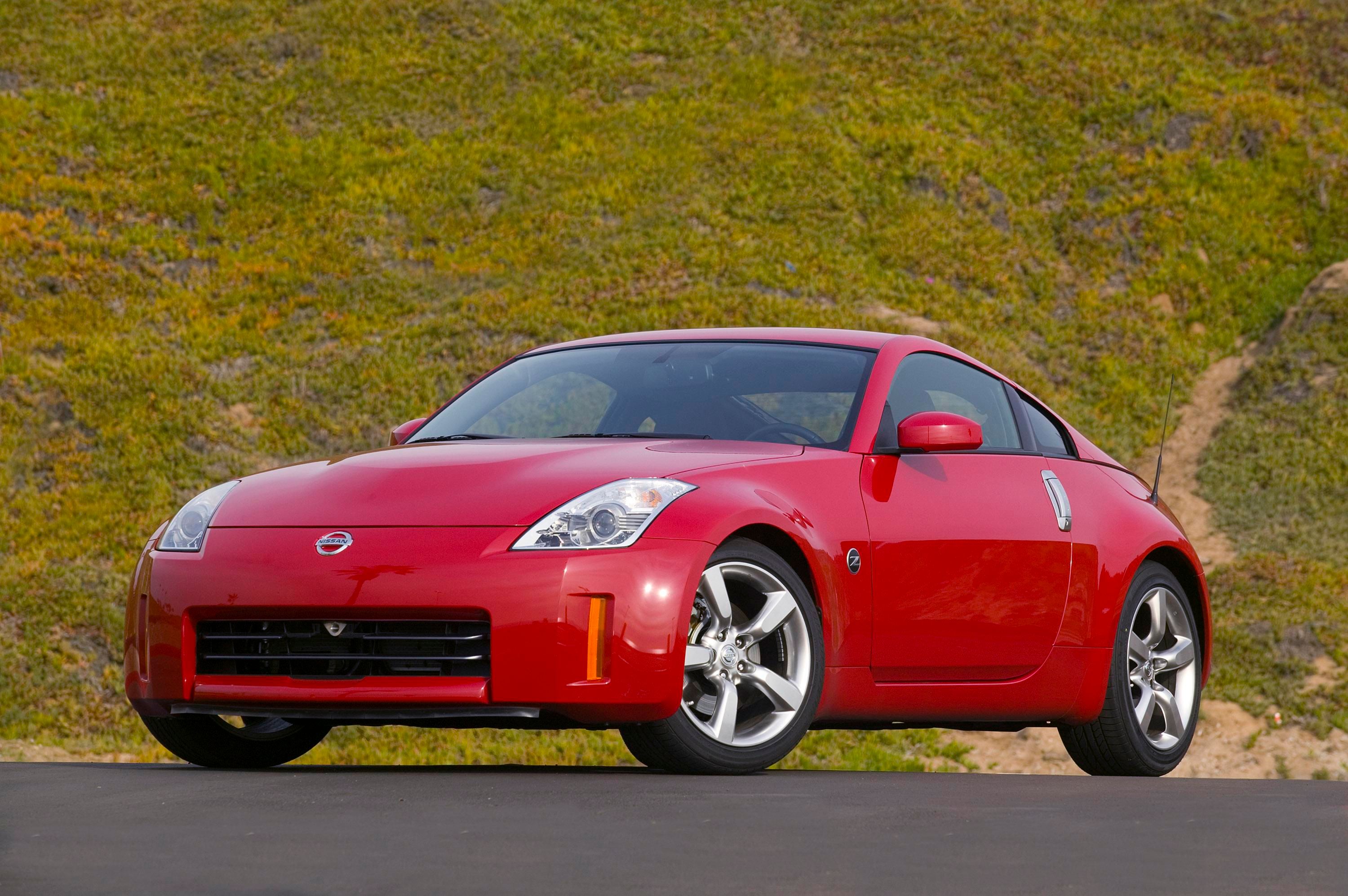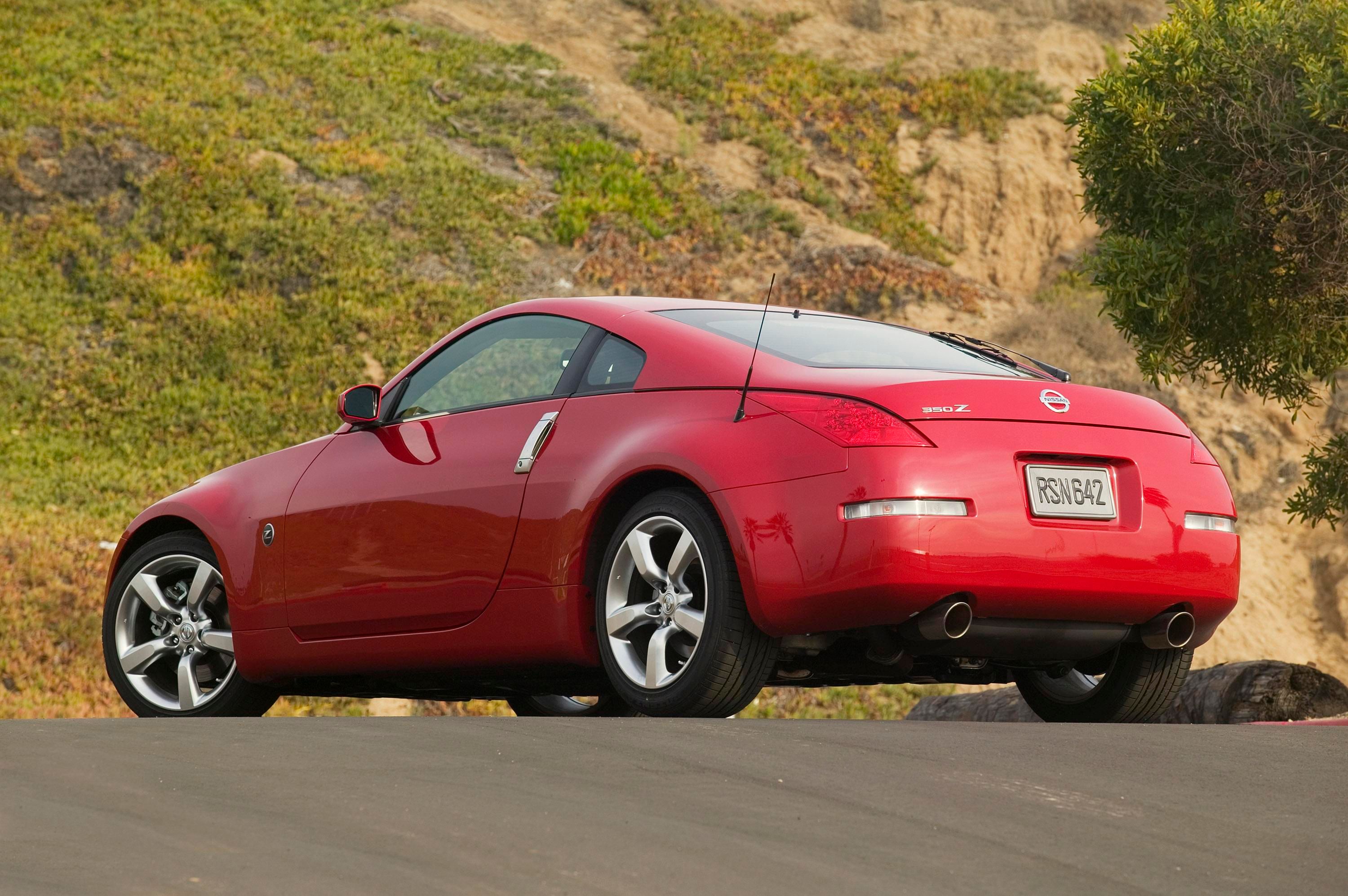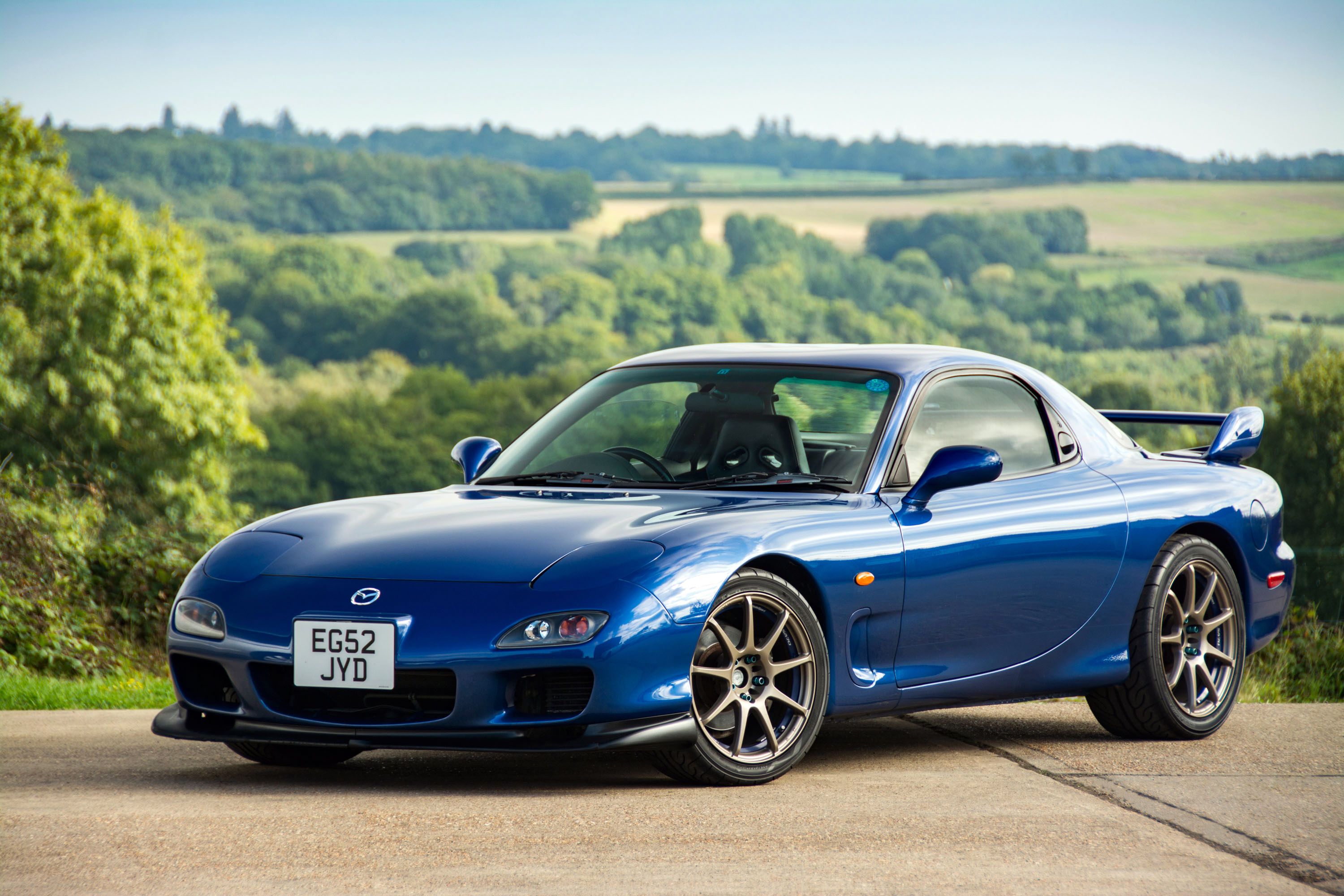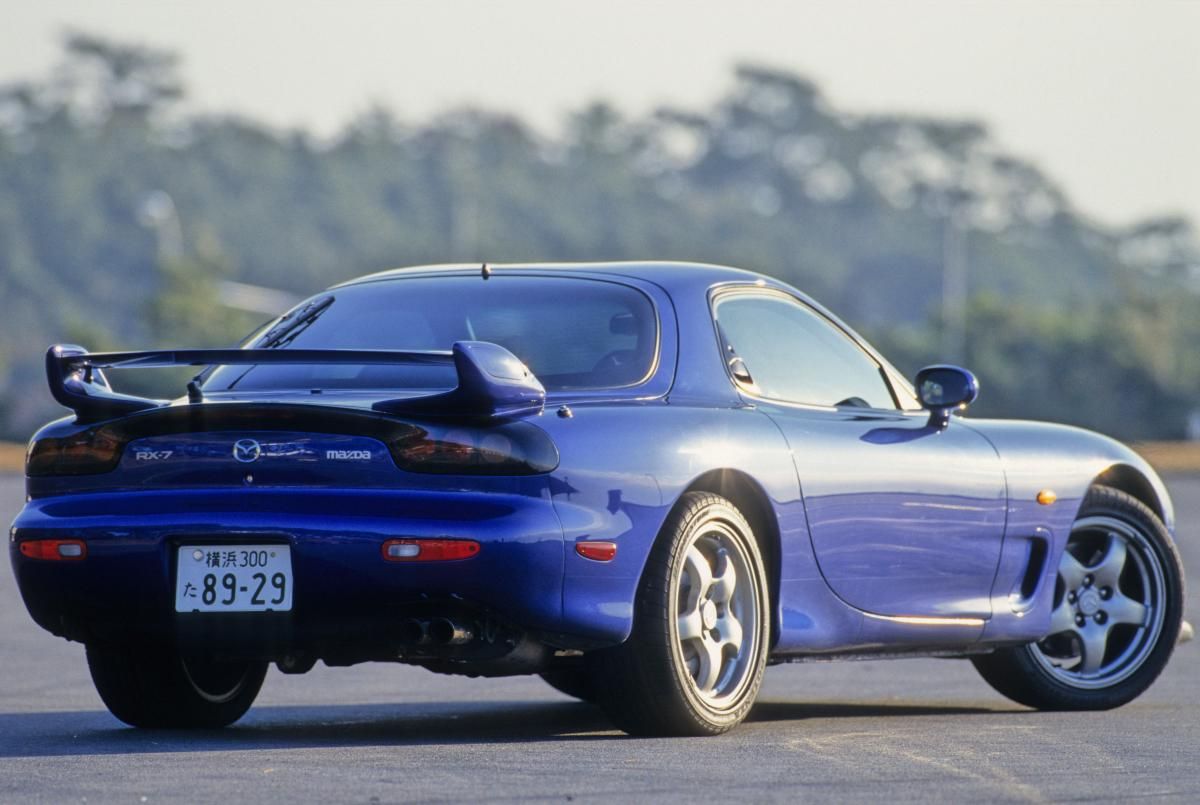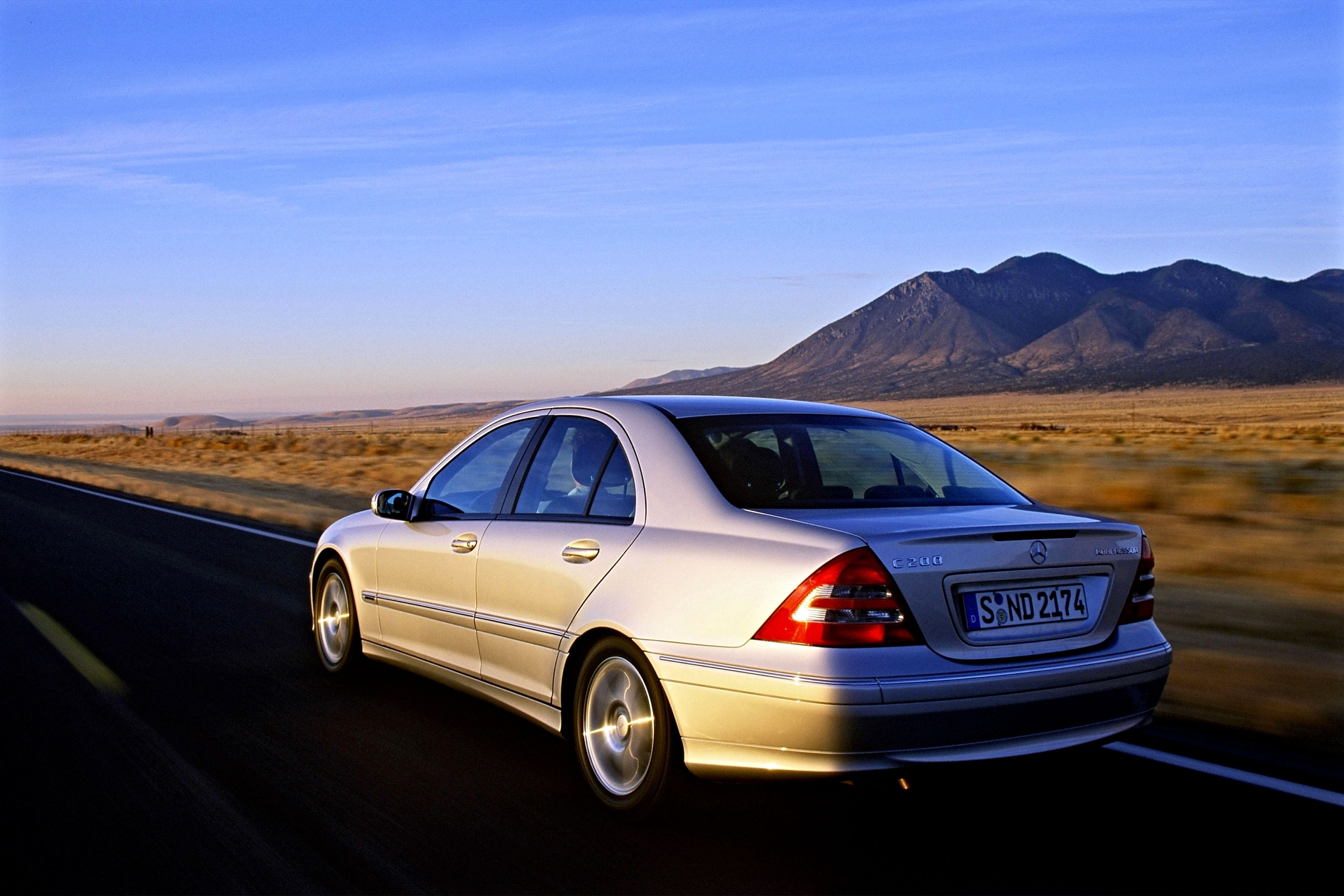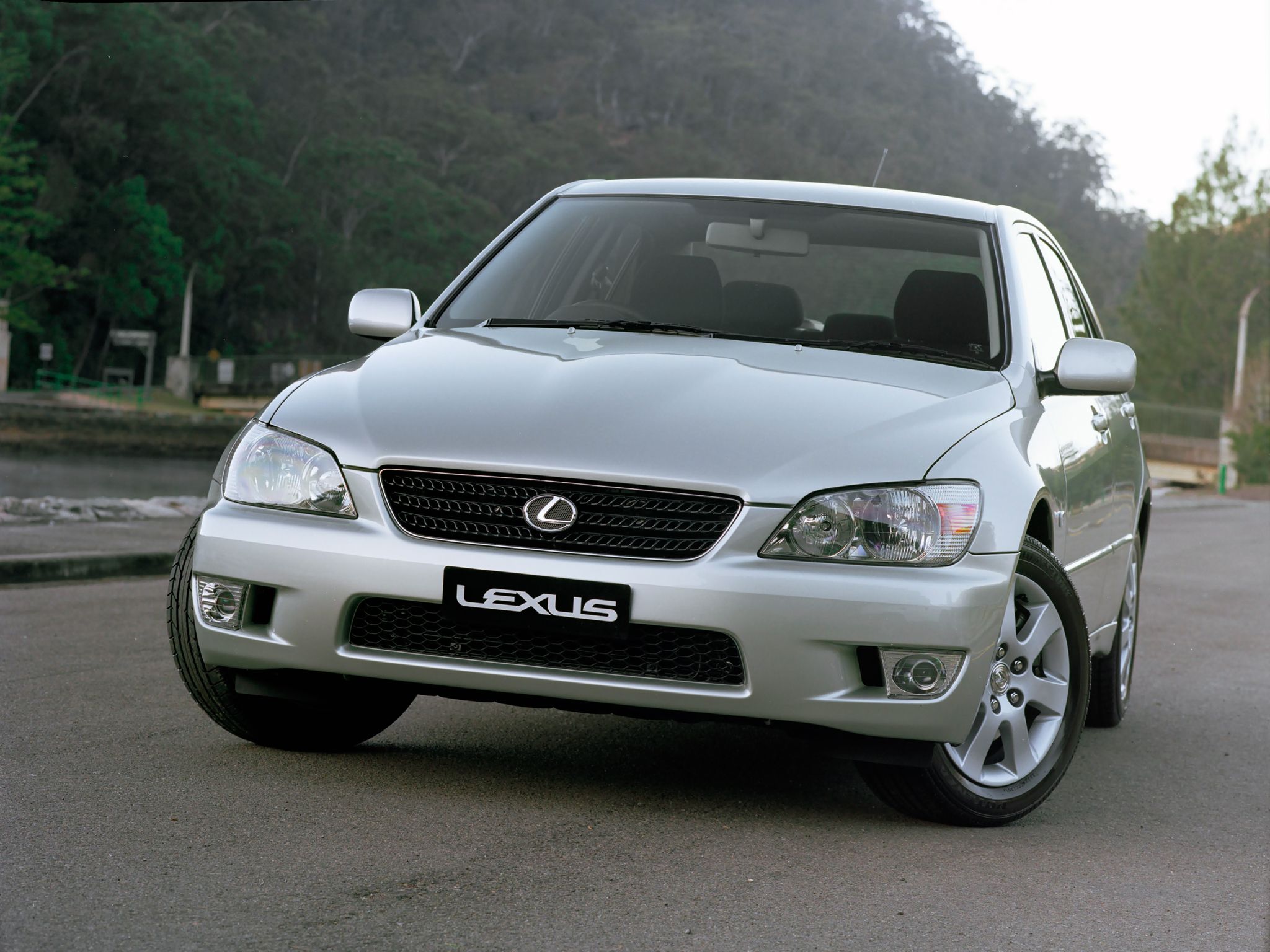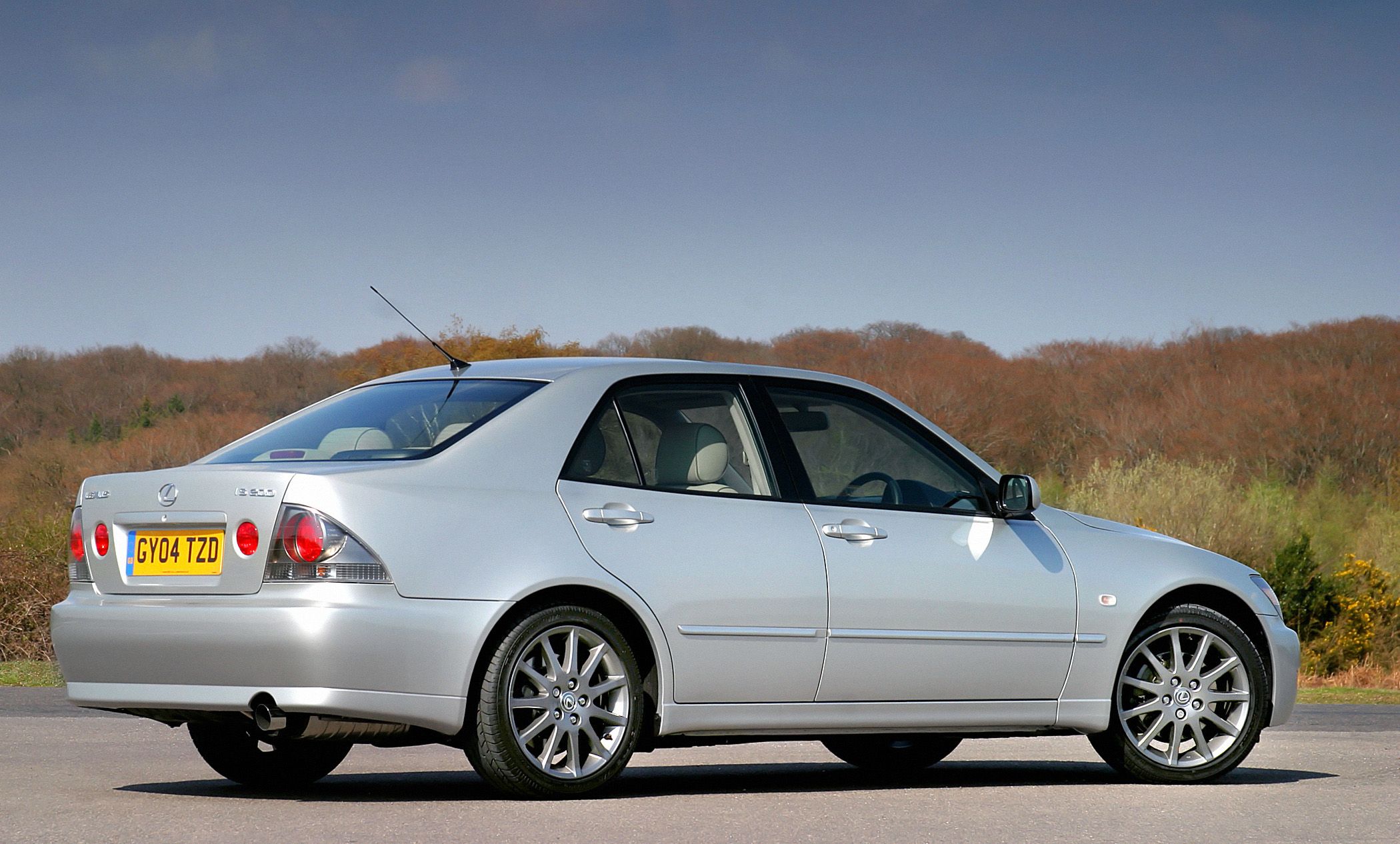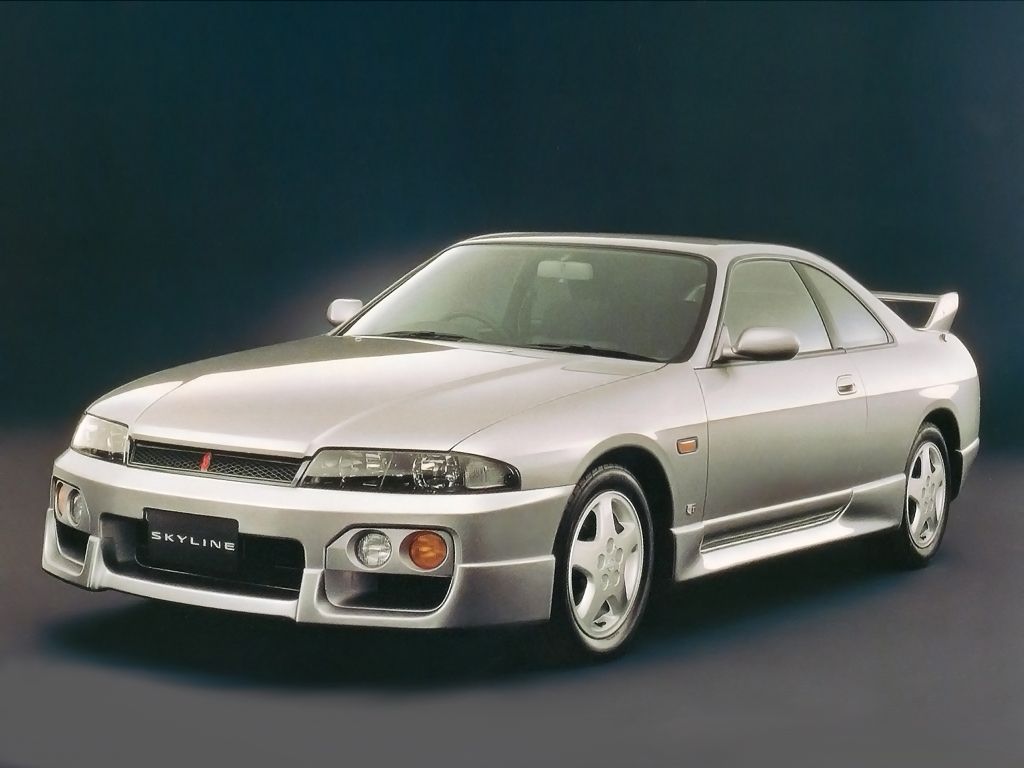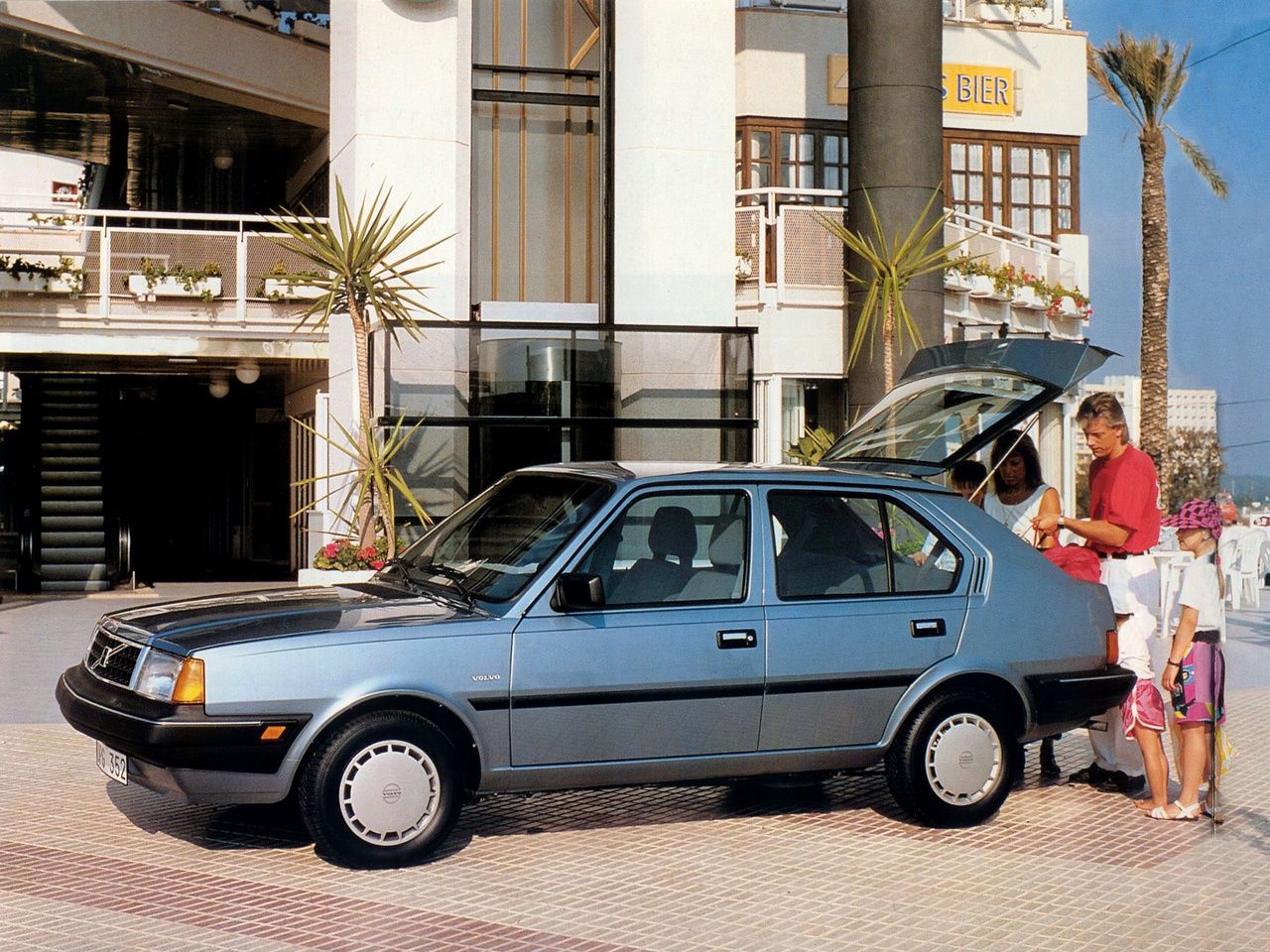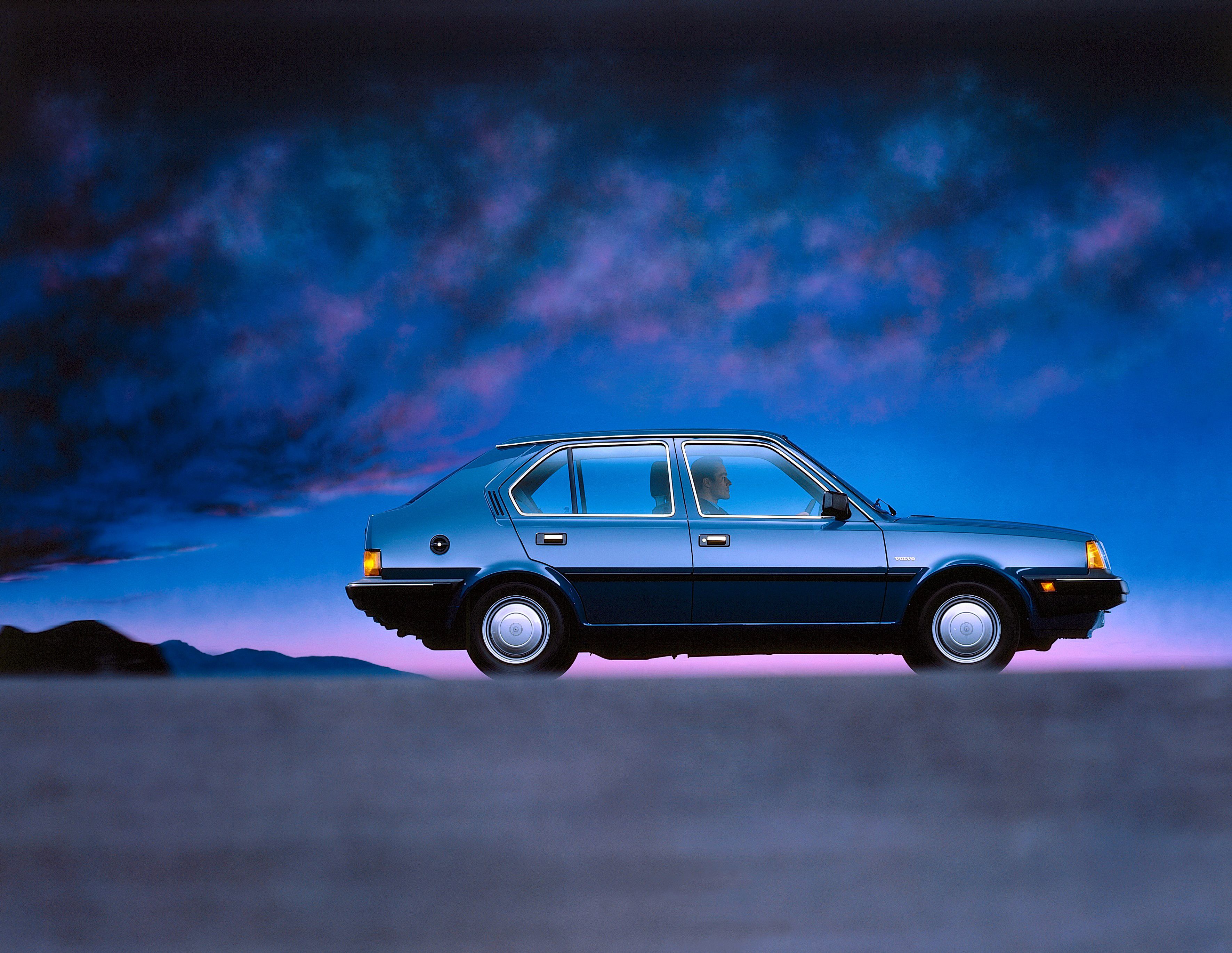For most of us, driving a car is an acquired skill. You start slowly, learning car terminologies and road rules before the practical driving lessons take place. Driving is easy to learn so long as you take it seriously.
Drifting, on the other hand, is far more difficult to learn. First, you need to know how to drive before you can drift. Second, the required skills needed in drifting are more complicated than the ones you need to start driving. You need hours and hours of practice to get the proper techniques of drifting.
Most of all, you need a proper drift car to get you started. On that note, here are 10 affordable drift cars that you can buy to help get your feet wet in the world of smoking tires, engine squeals, and all that’s great about drifting.
BMW M3 E36
The BMW M3 E36 is one of the go-to drift cars all over the world. Used by many to this day, the M3 E36 is a solid choice for a drift car for beginners. The two-door performance coupe used a 3.0-liter straight-six engine that produced 243 horsepower and 225 pound-feet of torque when it rolled out of the production line.
It’s unlikely that you’ll still get that kind of power on a used M3 E36, but there are ways around it that won’t cost you an arm and a leg. Even better, used M3 E36 models are relatively cheap, with some priced at under $10,000.
BMW M3 E36 specifications
|
Engine: |
3.0-liter straight-six engine |
|---|---|
|
Horsepower: |
243 horsepower |
|
Torque: |
225 pound-feet of torque |
|
0 to 60 MPH: |
5.5 seconds |
|
Top speed: |
155 mph |
Read our full review on the BMW M3 E36
Find one for sale on carsforsale.com
Toyota Chaser JZX100
The Toyota Chaser JZX100 doesn’t get nearly as much love as it deserves. We’re changing that here. The JZX100 doesn’t look like the type of car that can drift like nobody’s business. But if you’re looking for an entry-level drift car that’s rear-wheel drive, handles like a boss, and boasts a 2.5-liter six-cylinder turbocharged engine that produces a standard output of 280 horsepower, then the JZX100 is the answer to your prayers.
If the output has diminished through age, you can tune it silly to somewhere in the neighborhood of 400 horsepower. Best of all, you can score a JZX100 for under $10,000, which is the whole point of this exercise.
Toyota Chaser JZX100 specifications
|
Engine: |
2.5-liter turbocharged six-cylinder engine |
|---|---|
|
Horsepower: |
280 horsepower |
|
Torque: |
279 pound-feet of torque |
|
0 to 60 MPH: |
5 seconds |
|
Top speed: |
161 mph |
Find one for sale on carfromjapan.com
Nissan 300ZX Z32
Just because you’re buying a drift car for beginners, that doesn’t mean that you need to buy an eyesore of a car.
The Nissan 300ZX Z32 fits this description to a tee. Boasting a 3.0-liter twin-turbo V-6 engine, the 300ZX Z32’s power unit can produce a stout 300 horsepower and 283 pound-feet of torque. Combine that with its rear-wheel-drive layout and handling credentials, and you’re looking at one of the best entry-level drift cars that you can get your hands on. it doesn’t hurt, too, that the 300ZX Z32’s sports car design looks about as fresh today as it did back when it was launched in 1989.
Nissan 300ZX Z32 specifications
|
Engine: |
3.0-liter twin-turbocharged six-cylinder engine |
|---|---|
|
Horsepower: |
300 horsepower |
|
Torque: |
283 pound-feet of torque |
|
0 to 60 MPH: |
5 seconds |
|
Top speed: |
155 mph |
Find one for sale on carsforsale.com
Mazda MX-5 Miata NB
The do-it-all Japanese roadster has a three-decade track record of excellence, and with the glowing reception received by the current-generation model, the MX-5 continues to be one of the most popular roadsters in the market.
With the roadster’s popularity, there are enough models in the used car market to choose from. Just be mindful of the condition of the MX-5 that you’re getting. The better state they are, the bigger the chance that you can tune them to an awesome entry-level drift car.
Mazda MX-5 Miata NB specifications
|
Engine: |
1.8-liter turbocharged four-cylinder engine |
|---|---|
|
Horsepower: |
140 horsepower |
|
Torque: |
116 pound-feet of torque |
|
0 to 60 MPH: |
7.8 seconds |
|
Top speed: |
130 mph |
Find one for sale on cargurus.com
Nissan 350Z
Nissan’s Z series makes for delightful entry-level drift cars. If you’re having trouble finding a 300ZX Z32, the Nissan 350Z is the solid — if not better — alternative. From the way it handles to its powerful 3.5-liter naturally aspirated V-6 engine that produces 300 horsepower, the 350Z is a perfect steed when you’re learning the ropes of drifting.
Even better, you can make a few improvements to the sports car’s steering and suspension and the 350Z becomes more than just an entry-level drift car. There’s an increasing amount of aftermarket support for the two-door so you won’t have trouble finding all the tuning bits and pieces you need.
Nissan 350Z specifications
|
Engine: |
3.5-liter naturally aspirated V-6 engine |
|---|---|
|
Horsepower: |
306 horsepower |
|
Torque: |
268 pound-feet of torque |
|
0 to 60 MPH: |
5.4 seconds |
|
Top speed: |
155 mph |
Read our full review on the Nissan 350Z
Find one for sale on cargurus.com
BMW M3 E46
If the BMW M3 E36 is on this list, so should its younger brother, the BMW M3 E46. Whereas the M3 E36’s slightly smaller 3.0-liter six-cylinder unit produced 243 horsepower and 225 pound-feet of torque, the M3 E46’s six-cylinder engine churned out 338 horsepower and 269 pound-feet of torque. That’s more power to play with, though it’s difficult to imagine those engines still producing the same amount of power today as they did back in 2000. Given a choice, there’s more to play around with the M3 E46, but the benefit of that extra power is offset by the slightly higher price tag attached to the M3 E46. Still, there are some units that you can buy for under $10,000.
BMW M3 E46 specifications
|
Engine: |
3.2-liter inline-six engine |
|---|---|
|
Horsepower: |
338 horsepower |
|
Torque: |
269 pound-feet of torque |
|
0 to 60 MPH: |
5.1 seconds |
|
Top speed: |
155 mph |
Read our full review on the BMW M3 E46
Find one for sale on carsforsale.com
Mazda RX-7 FD3S
By now, you’ve probably noticed that a lot of cars on this list are from Japan. That’s not by accident. Japanese sports cars, especially those from the 1980s and 1990s, are typically built with drifting in mind. That’s why a lot of them are lightweight, run on rear-wheel-drive, and come with powerful engines.
Take the Mazda RX-7 FD3S, for example. The third-generation RX-7 was the product of what Mazda learned from the success of the first- and second-generation RX-7s.
Today, the RX-7 FD3S is sought after for its drifting prowess. A lot of the engines have probably been rebuilt or replaced altogether — the RX-7 has a massive aftermarket following — but that should only make the sports car more fun to drift, especially if you’re just learning the ropes of the driving craft.
Mazda RX-7 FD3S specifications
|
Engine: |
1.3 twin-turbocharged twin-rotor engine |
|---|---|
|
Horsepower: |
252 horsepower |
|
Torque: |
230 pound-feet of torque |
|
0 to 60 MPH: |
5.3 seconds |
|
Top speed: |
155 mph |
Find one for sale on cargurus.com
Mercedes W203 C Class 230 Kompressor
You don’t normally see a Mercedes touted as a drift car for beginners, but you’d be surprised at what the Mercedes C Class 230 Kompressor is capable of in the drifting world. It’s hard enough that the W203 C 230 Kompressor succeeded the legendary 190E, it’s even more difficult for the model to establish an identity of its own.
Fortunately, drifters the world over have fallen for the C 230 Kompressor, in large part because its 2.3-liter four-cylinder engine — it produces 191 horsepower and 207 pound-feet of torque — can be used and abused in drifting purposes without completely falling apart. Most of these M111 engines will probably need some work today, but if you can build back up to at least good working condition, you’re going to have a lot of fun learning how to drift in this Mercedes. If the engine can’t be saved, well, that’s what the aftermarket tuning scene is for.
Mercedes C Class 230 Kompressor specifications
|
Engine: |
2.3 four-cylinder engine |
|---|---|
|
Horsepower: |
191 horsepower |
|
Torque: |
207 pound-feet of torque |
|
0 to 60 MPH: |
8.4 seconds |
|
Top speed: |
143 mph |
Find one for sale on iseecars.com
Lexus IS200
The first-generation IS 200 doesn’t look the part of a drift car. The stylish looks and the upscale interior provided premium feels, and only when you took it out for a ride did you realize that there’s a lot more bite to the IS 200 than you thought. A big reason for that was the involvement of Nobuaki Katayama — the lead engineer of one of the best drift cars in history, the Toyota AE86 — who oversaw the technical development of the IS 200.
It’s not a particularly powerful car — it’s powered by a 2.0-liter inline-four cylinder engine that produced only 158 horsepower and 147 pound-feet of torque — but its versatility made it ideally suited as a drift car. Incredibly, the first-generation IS 200 is readily available in a lot of markets in the world. Even more incredible? You can buy one for under $10,000.
Lexus IS 200 specifications
|
Engine: |
2.0 four-cylinder engine |
|---|---|
|
Horsepower: |
158 horsepower |
|
Torque: |
147 pound-feet of torque |
|
0 to 60 MPH: |
8.7 seconds |
|
Top speed: |
134 mph |
Nissan Skyline R33 GTS-T
Most people consider the Skyline GT-R R34 as one of the best performance cars of any era, and that distinction carries a lot of weight, both in stature and people’s check books. That means that we can’t put the R34 on this list. Instead, we’ll put its predecessor, the Skyline R33, specifically the R33 GTS-T spec.
This model comes with a lot of things you’d want in an entry-level drift car. At the heart of all these things is a 2.5-liter straight-six RB25DET engine that produces a stout 247 horsepower and 217 pound-feet of torque.
Nissan Skyline R33 GTS-T specifications
|
Engine: |
2.5 straight-six engine |
|---|---|
|
Horsepower: |
247 horsepower |
|
Torque: |
217 pound-feet of torque |
|
0 to 60 MPH: |
5.3 seconds |
|
Top speed: |
156 mph |
Find on for sale on carfromjapan.com
Volvo 340
We’ll end this list with a car that you don’t expect to carry drift genes. From afar, the Volvo 340 looks more like the type of beater that your parents would buy for you as your first car. It’s not inspiring to look at and its engine — a 1.7-liter Renault F-series unit — produce as much power — only 80 ponies — as you’d expect for a car of its size.
You’ll need to modify a few aspects of the hatchback, including strengthening the suspension system, but once you get all that work done, the 340 becomes an insanely fun drift car. Unfortunately, the 340 is surprisingly difficult to find in America’s used car market. There are enough units available in Europe, but it’s slim pickings in the U.S. You’d have to really look for one to find one, or you can just opt for the 240, which offers a similar level of drifting potential as its counterpart.
Volvo 340 specifications
|
Engine: |
1.7-liter Renault F-series engine |
|---|---|
|
Horsepower: |
80 horsepower |
|
Torque: |
80 pound-feet of torque |
|
0 to 60 MPH: |
15.5 seconds |
|
Top speed: |
96 mph |
Find one for sale on carsforsale.com
Is Manual or Automatic Better for Drifting?
FAQ
Q: How do beginners drift cars?
Try it out in a safe space, for starters, and with the supervision of someone who knows how to drift. Once you’ve gotten a taste of what it’s like and you can perform drifts, continue practicing until you become good at it.
Q: How to drift a car?
The most common way to drift is though what’s called the power over technique method. This means that you turn the car’s wheels to throw off its weight. You can also use a handbrake slide to initiate a drift or a clutch kick in cars with automatic transmission. If you can pull off these techniques, drifting can be an exhilarating experience, especially if done in a competitive environment.
Q: What are good drift cars?
A lot of Japanese sports cars from the 1990s are considered some of the best drift cars around. They’re noted for their peppy engines, dynamic handling, and lightweight nature. The best drift cars often have these qualities, not to mention a rear-wheel-drive layout.
Q: Is FWD or RWD Better for Drifting?
Rear-wheel drive is better for drifting because losing traction in the rear wheels is the essence of drifting. Conversely, it’s very difficult, maybe even impossible, to drift in a front-wheel-drive car, in part because you lose any form of control when you attempt it.
Q: Is Manual or Automatic Better for Drifting?
A manual transmission is better because it puts you in charge of all the gear switching needed to perform a drift. You can still drift a car with an automatic transmission, but by the nature of them being automatic, they tend to shift out of a lower gear if you get near max RPM. When this happens, you can lose control of your car completely.
Q: Do Drifters Use the E-Brake?
E-brakes can be used to initiate drifts, and it’s actually a good way for beginners to gradually learn how to do a controlled drift at relatively slow speeds. Veteran and professional drifters, on the other hand, prefer to be in charge of the whole process of drifting. Any form of electronic assistance is considered cheating.
Q: Do You Need a Lot of Power to Drift?
Not necessarily, though more power from an engine does make for more exciting drifts. But any car can drift if it's provided with the right driver inputs in an environment that’s conducive to drifting.
Q: Do Drift Cars Have Special Tires?
There are special tires that are developed specifically for drifting. These tires are typically wider and have lower profiles than standard vehicle tires. They’re wider because the more width a tire has, the better it grips the road. Low-profile tires are also preferred, in part because these wheels require less force to spin them.

